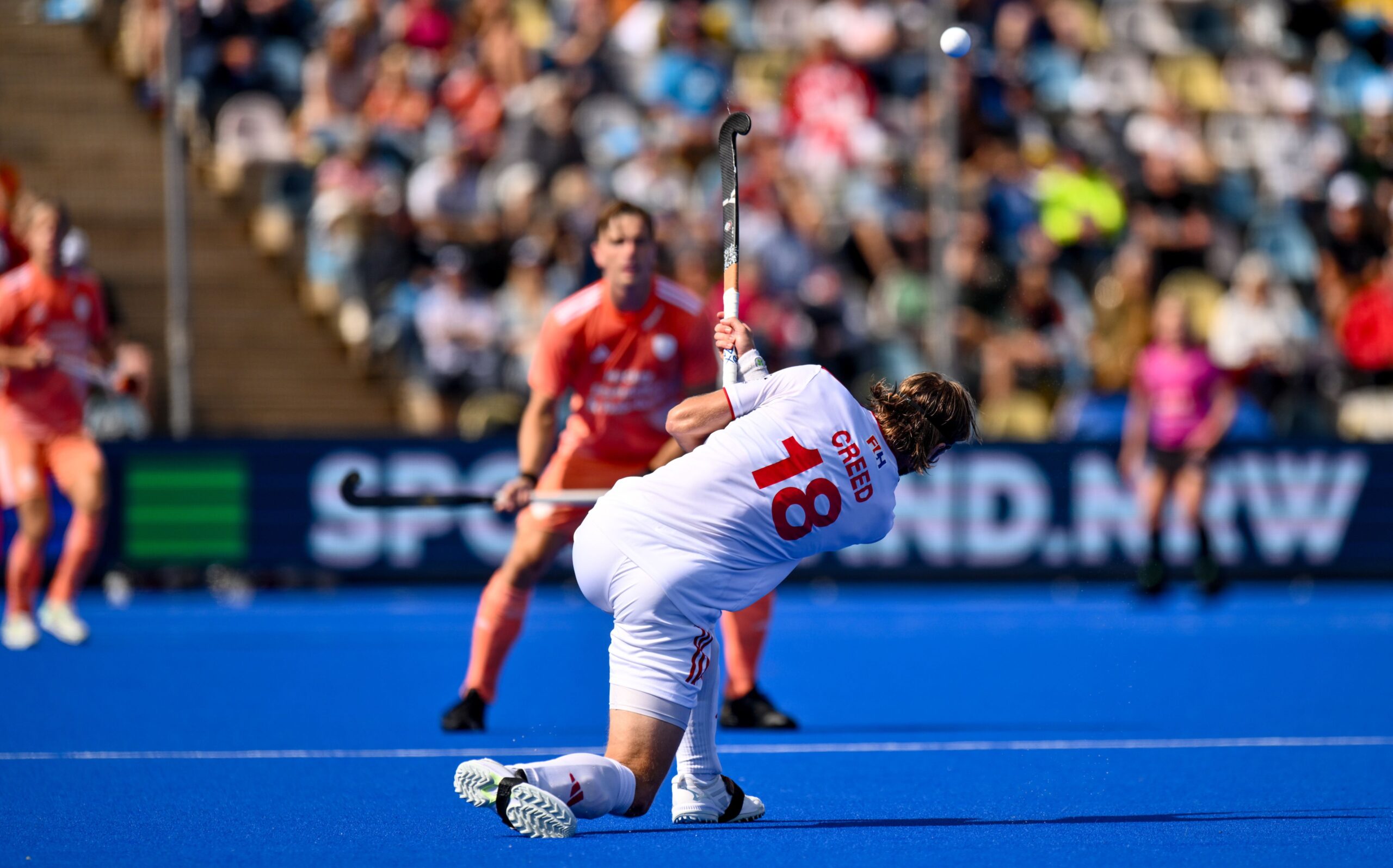The aerial rule is probably the toughest rule out there because a lot of it is interpretation — it is so hard to have a black and white rule for it, which makes it so challenging.
We have seen issues where if umpires do not blow early enough it can be dangerous and equally if they blow too late it can also be dangerous, so they are stuck in a middle ground. But there are areas that could certainly be given more clarity.
The aerial is now being used more smartly in hockey. Players’ ability to throw an aerial stick to stick perfectly has improved and the skill level and execution has stepped up so much more.
Continue reading...

Unlock our ad-free, premium content and get use of our subscriber-only app. Use coupon 3FOR1 to get 3 months for only £1!
Already a subscriber to our website? Login
Sam Ward was speaking to Laura Howard
Have your say below…





The fact that a lengthy article is required in order to make the point illustrates very well how difficult it is for umpires to consistently judge an increasingly subjective rule (looking at how the rule has progressed in recent years from being able to receive such a pass above shoulder level to the recent introduction of an intercept option).
The rule prevents the goalkeeper from defending the goal and at lower levels leads to the worst kinds of dangerous play. No umpire at any level can consistently enforce this rule as it requires them to forecast a dangerous ball at the point where it is lifted. The rule should be that ANY contested overhead ball dropped in the circle should be a free hit out.
Is this article about 5 years late for publication? It seems to me that, since the ‘shoulder height’ Rule went, the aerial seems to have been umpired more consistently, so more players grasp the Rule, so have been better at picking a receiver and leaving them to receive, so umpires haven’t had to penalise so often. That’s ok, isn’t it?
As a Prem and international watcher it is undoubtedly better than the variables you get in the north West leagues nut that’s only with the level of umpiring which is understandable. I can see the players frustrations at the top level though but umps have a tough job with it all evolving.
Fully agree with this column as a defender who is whistled for encroaching.
Quote “But there are areas that could certainly be given more clarity.”
When Sam Ward said that he probably had some ideas about which areas could be made clearer and how, but he does not say what they are.
However, A start could be made by removing the recently introduced contradiction. While a player cannot approach to be within 5m of an initial receiver, he can intercept the ball from just beyond the playing reach of an initial receiver, which is said to be approximately 3m. That is as clear as mud.
The idea that an umpire does not need to look for encroachment before the ball is within 20m of where it will land, turns the original intention of the Rule on its head, which was to ensure that aerial passes were made in as safe a way as was reasonably possible. The change means that the passer of a long aerial pass has absolute no responsibility at all for a pass lofted to fall into a congested area (the opponent’s circle, for example) no matter how close players may be to each other and no matter how many of them there are who might contest with opponents for the ball. Bad idea.
We had already taken responsibility from the passer by insisting that once the ball was safely in the air, any penalty awarded would aways be taken from the place the ball was falling. Bad idea.
Not approach within 5m until the ball is in control on the ground. Far too severe a Rule requirement and therefore generally ignored, which makes consistent application of the Rule impossible. 3m is sufficient, and opponents should be permitted to approach and contest for the ball the moment it has been played twice by the stick of the receiver or has been propelled away from the receiver’s first touch by 2m or more.
There needs to be an instruction to move away from an initial receiver if within 3m of him at the time the ball is raised.
That’s a start on suggestions for improvement. It’s not at all a difficult matter, it just needs to be done instead of procrastinating about doing it for years on end and then rushing through ideas that have not been properly thought through. Just about every other Rule of Conduct of Play and of Penalities also needs to be rewritten, especially Ball body contact, Dangerously played ball, Obstruction.
Mixing up references to yards and meters within this one article isn’t great editing and is factually incorrect in places.
The aerial rule is just about ok at top level although I still see many inconsistent and illogical decisions. Having played at every level for 55 years, I have watched the game evolve and most rule changes have been really good for the game.
The current aerial rule is, unfortunately a mess at junior hockey level and will lead to serious injuries. I still play 3rd XI hockey at age 71 and have seen wild lacrosse style competing for the ball. It is too late to prevent danger if the umpire has to wait to see what is to happen. Players are not equipped technically at junior level to always take the ball cleanly. It is also manifestly unfair on the keeper to not allow him or her to close down a ball into the circle and instead have to face a fully volley from 5 metres. That is not the game I aspire to.
As a retired consultant surgeon, I have dealt with quite a few hockey injuries on the field. We don’t need to make these more likely or the health and safety mob will want all hockey players to wear masks, (like Sam!).
For a start, I would ban aerials into the circle and rigorously enforce the 5m rule outside – no encroachment/intercepting within this distance. Much easier to understand and enforce at all levels of our game and would almost certainly reduce the risk.